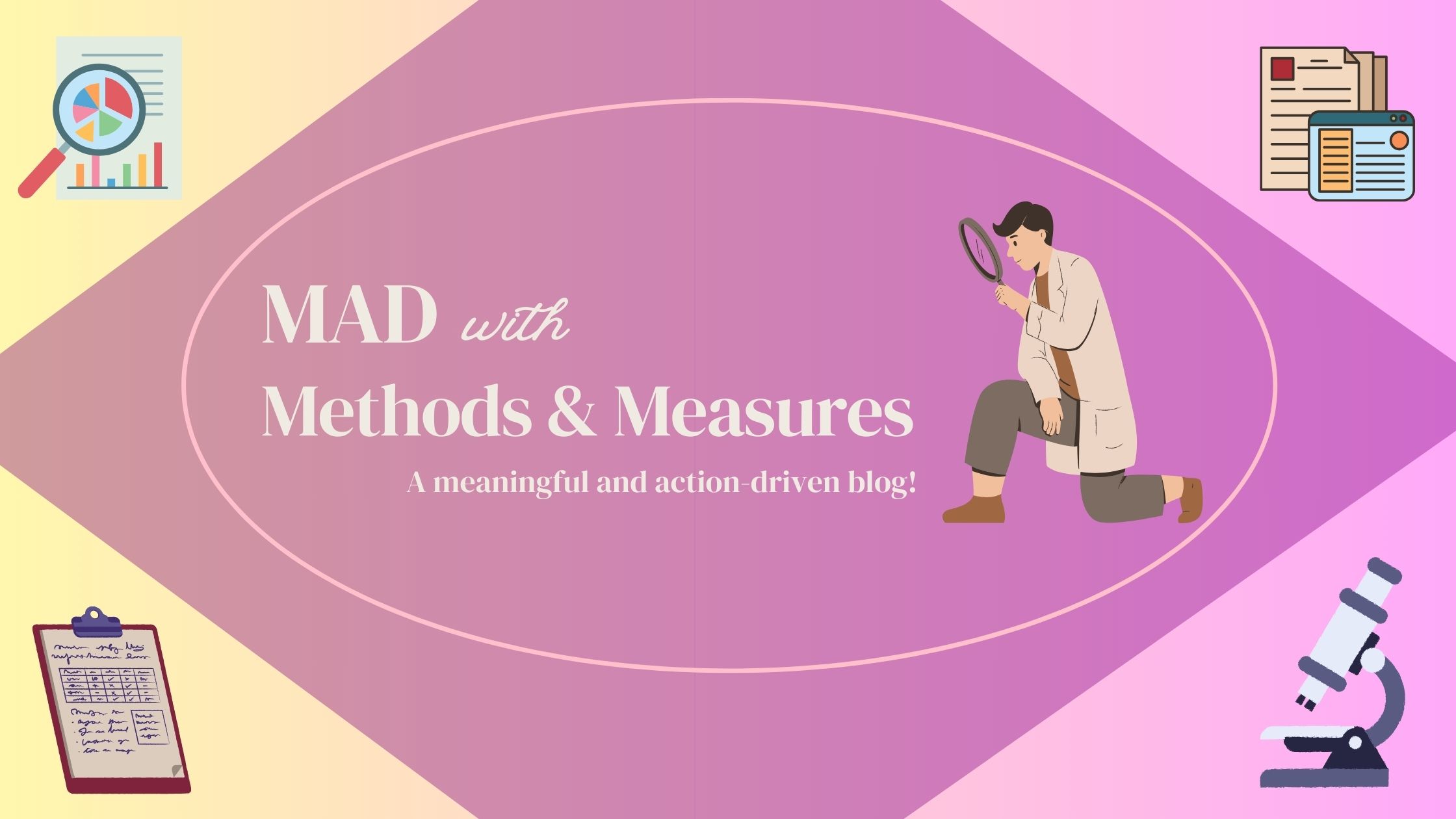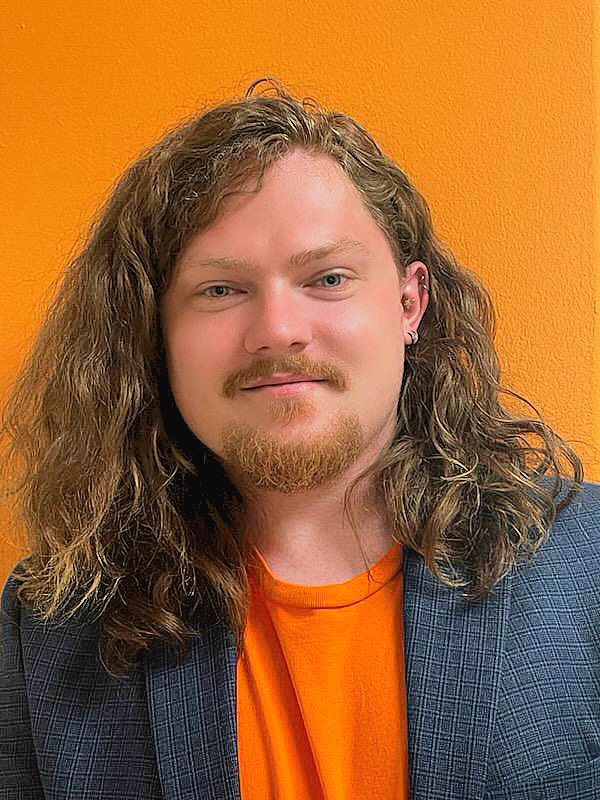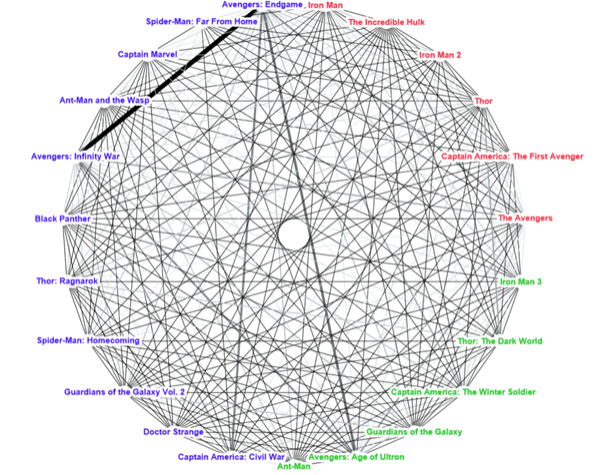The Conventional and Unconventional Places I’ve Found Research Ideas

By Dr. Austin Boyd
Research is the backbone of the academic world. It provides us with a better understanding of the world around us and allows knowledge to be passed on and built upon by future generations of researchers. Research may be conducted as a class project, larger end of course capstone or dissertation requirement, or as a regular part of many careers in and outside of academia. But where does one come up with a research idea? For some, finding inspiration for research projects is easy, resulting in a laundry list of ideas to pick and choose from. For others, coming up with even a single research idea might take longer than the research itself. Compound this with the fact that some fields have existed for decades, or even centuries, and it might feel as though there is nothing left to research. However, as daunting as it may seem, there are always more questions to be asked, you just need to keep an open mind.

My name is Austin Boyd, and I am a data analyst, instructor, and ESM alumni. When I began conducting research nearly a decade ago, I struggled to come up with research ideas. In fact, when I entered my graduate doctoral program, I had no prospective research ideas, and it took me almost three years to finally come up with a dissertation topic. However, since then, I have been a part of dozens of research projects that have led to conference posters, presentations, white papers, and peer-reviewed publications, and I can say with confidence that research ideas can come from anywhere. To prove this, I am going to go over my first three publications to show that inspiration is everywhere, and then provide some suggestions of places to look for your own research ideas.
Project 1: A Student with a Question
My first research idea came about as conventionally as they come. I was a student with a question, and with the guidance of a professor, we came up with a research idea and then pursued it. Once upon a time, I took a statistics course on Item Response Theory (IRT). While sitting in class one day, we were discussing the underlying assumptions of IRT presented in Embretson and Reise’s Psychometric Methods: Item response theory for psychologists (2000). After class, I approached my professor with a question: “How does skewness impact measurement invariance?” Little did I know, this was a question she had always wondered herself, but never had the time to pursue. Over the next few weeks in office hours, we discussed ideas on how to address this question, and before long, she told me that she could provide me with data if I would be interested in exploring the topic further. Over the course of the next three years, she and I worked to test the robustness of this assumption, and ended up presenting our findings at two conferences and published them in the Journal of Applied Measurement (Boyd et al., 2020).
Project 2: Friends Talking About Movies

My second research idea was much less conventional. Early one morning while playing video games and talking about the latest Marvel movie with a friend, I started wondering just how entwined the Marvel Cinematic Universe was. I had previously worked on a project where I used Social Network Analysis (SNA) to look at the connectedness of schools within a public school district and thought maybe I could use the same technique here. After scouring IMDb for the character list for the 23 marvel movies that had been released at that time, I used SNA to create a sociogram to show how all the movies were connected through the character appearances (see below). I realized that if I could demonstrate how easy it was to do this with something as random as Marvel movies, then maybe other researchers would be able to see how easy it is to use in their research. With the help of my research advisor, we published a paper in Practical Assessment, Research, and Evaluation to serve as a guide for others on formatting their data so that they could also use SNA in their research (Boyd & Rocconi, 2021).
Project 3: Watching YouTube to Avoid Schoolwork
My third research idea was born out of avoiding schoolwork. In one of my graduate courses, we had to develop and design an original survey on a topic of our choosing. There were many steps to this project, the first of which was imply to propose an idea for the survey. Instead of doing that, I was watching people play video games on YouTube. After a while, I started wondering what makes online celebrities and influencers so popular, and after a quick Google search, I learned about a concept called parasocial relationships. These are the one-sided relationships that a viewer makes with a performer (Horton & Wohl, 1956). I kept digging into the topic and learned that people have been researching parasocial relationships and interactions for over 60 years, long before YouTube, or even the internet, existed. Several surveys had already been developed for understanding parasocial relationships and interactions with television personalities, TV characters, fictional characters, and even political candidates, but none for social media based celebrities and influencers. I decided that this would be the topic of my survey. Over the course of the semester, I developed my survey and put together a proposal for how I would pilot and assess the reliability and validity of the survey. I could have walked away from it once the course was over, but I came back a year later once I realized that this survey could actually be the basis for a real research project. As a result, my one class project became the basis for my entire dissertation and yielded two publications on the development and validity of the Parasocial Relationship in Social Media (PRISM) Survey (Boyd et al., 2022; Boyd et al. 2023).
Research ideas are everywhere, even when it seems like there is nothing left to explore. And when it feels this way there are five places I suggest taking a look:
- Prior literature – Prior literature if full of research ideas. Many publications include a section on future research ideas in the discussion, some of which are never fully explored. This can be a great place to start with a new research interest.
- Old class projects – Returning to an idea after being away from it can provide a new outlook that sparks a research idea. Coming back to an old project with the new knowledge gained from working on others can be revitalizing.
- Other researchers – Whether they be professors or peers, other researchers can be a great sounding board for ideas. Their knowledge and experiences can provide different points of view that can help inspire new project ideas. Some might even share ideas that they don’t have the time or interest in pursuing.
- Personal hobbies and interests – It might seem weird, but even personal interests can lead to research ideas. Without my interest in Marvel movies and YouTube, neither of my projects would have existed.
- Friends and family – Even if they don’t understand your research, sometimes talking to friends and family about it can spark new ideas. Their lack of knowledge on the subject can bring up questions that you never even thought about.
References:
Boyd, A. T., Rocconi, L. M., & Morrow, J. A. (2024). Construct validation and measurement invariance of the Parasocial Relationships in Social Media Survey. PLoS ONE.
Boyd, A. T., Morrow, J. A., & Rocconi, L. M. (2022). Development and validation of the Parasocial Relationship in Social Media Survey. The Journal of Social Media in Society, 11(2), 192-208. Available online: https://www.thejsms.org/index.php/JSMS/article/view/1085
Boyd, A. T., & Rocconi, L. M. (2021). Formatting data for one and two mode undirected social network analysis. Practical Assessment, Research & Evaluation, 26(24). Available online: https://scholarworks.umass.edu/pare/vol26/iss1/24/
Boyd, A. T., Schmidt, K. M., & Bergeman, C. S. (2020). You know what they say about when you assume: Testing the robustness of invariant comparisons. Journal of Applied Measurement, 21(2), 190-209.
Embretson, S. E., & Reise, S. (2000). Psychometric methods: Item response theory for psychologists. Mahwah, NJ: Lawrence Erlbaum.
Horton, D., & Wohl, R. R. (1956). Mass communication and parasocial interaction. Psychiatry, 19(3), 215–229. doi: 10.1080/00332747.1956.11023049